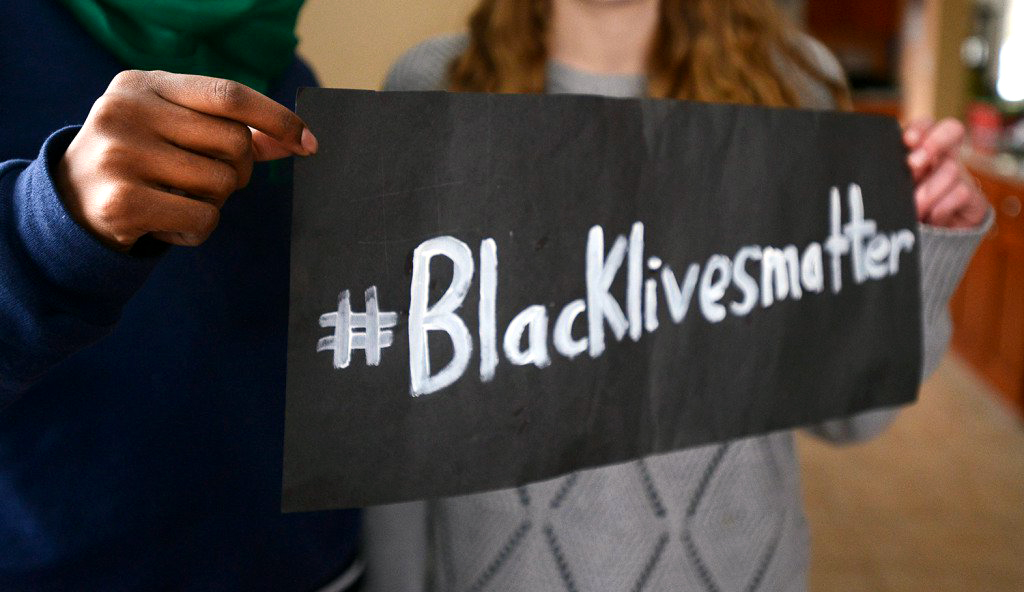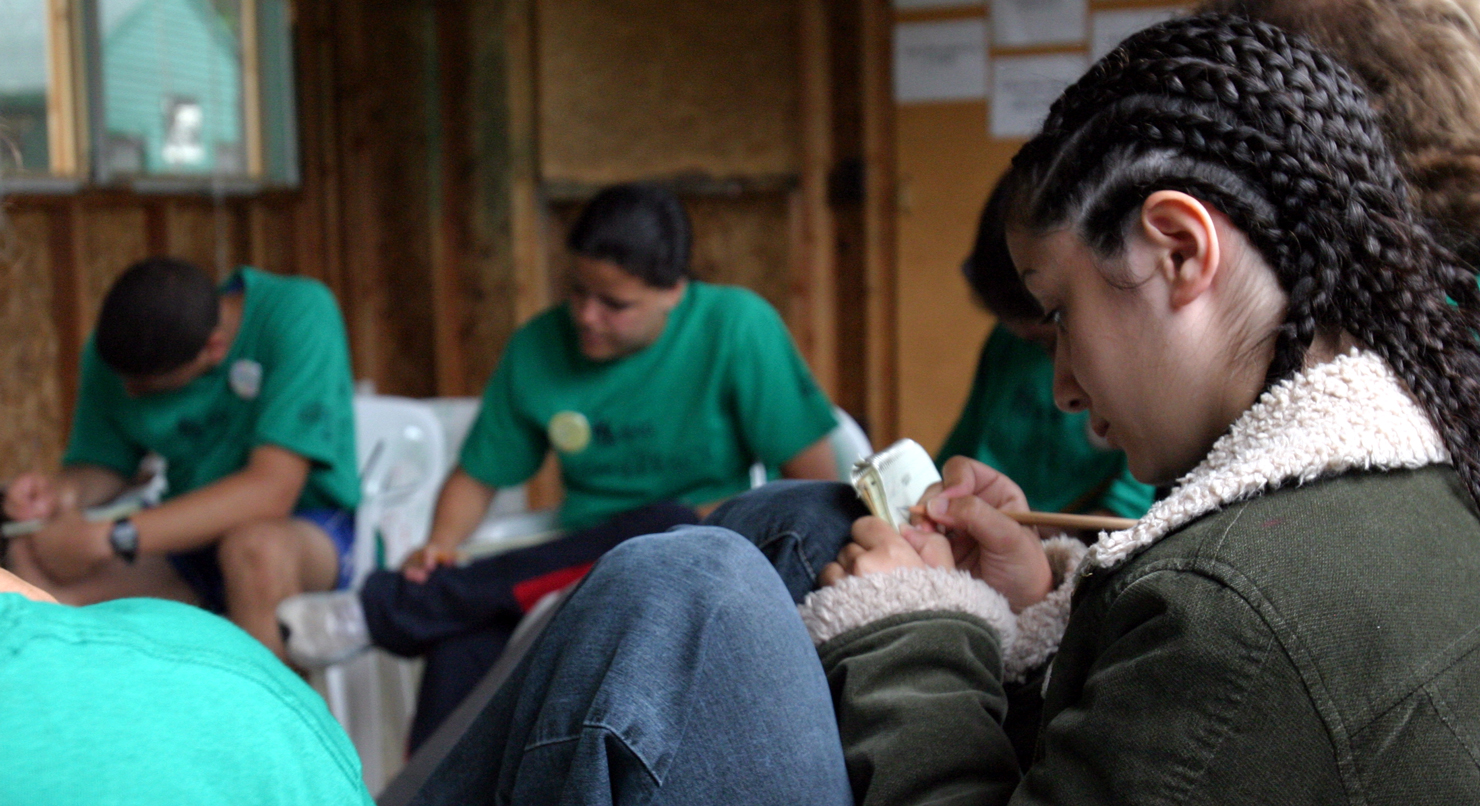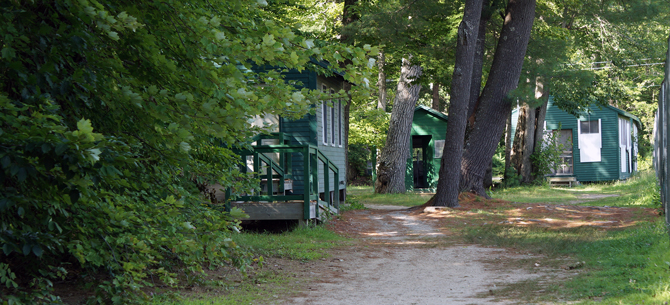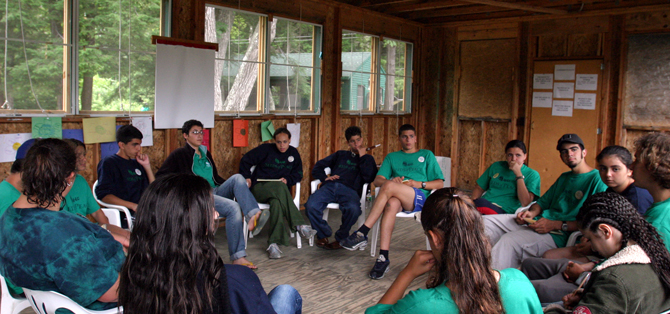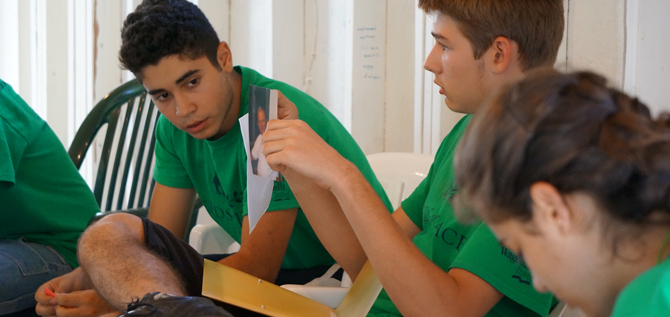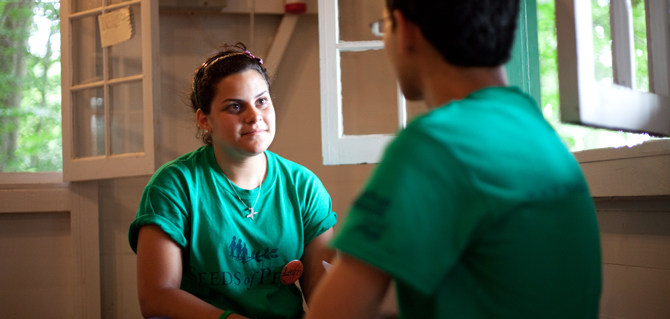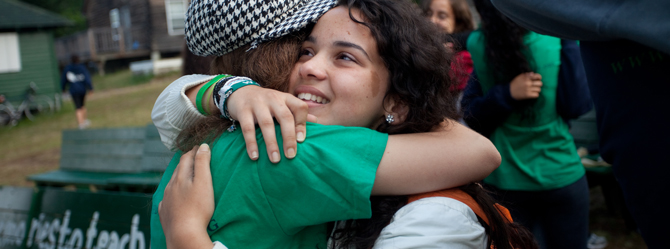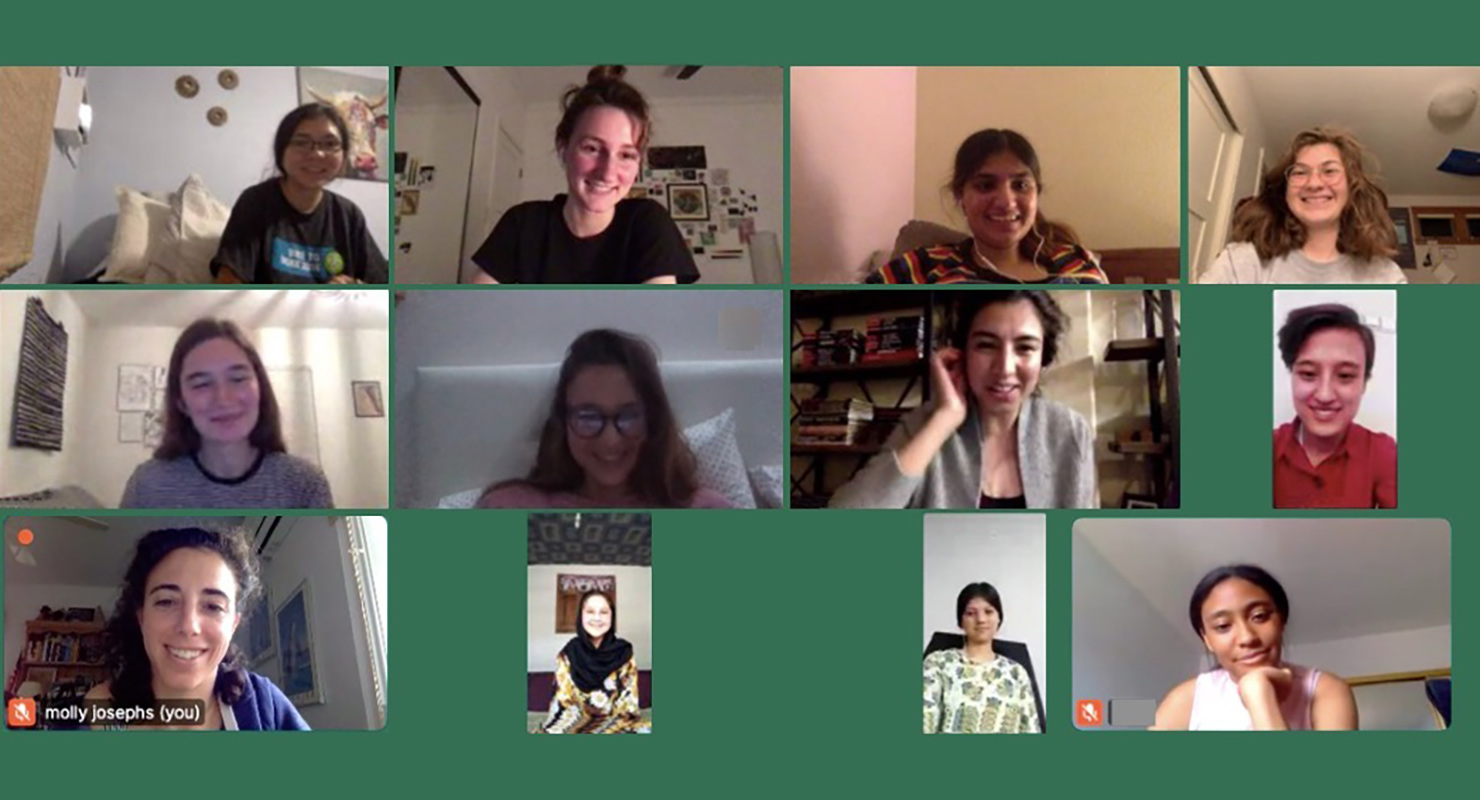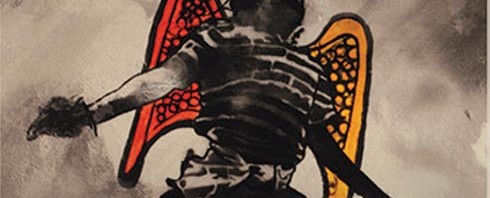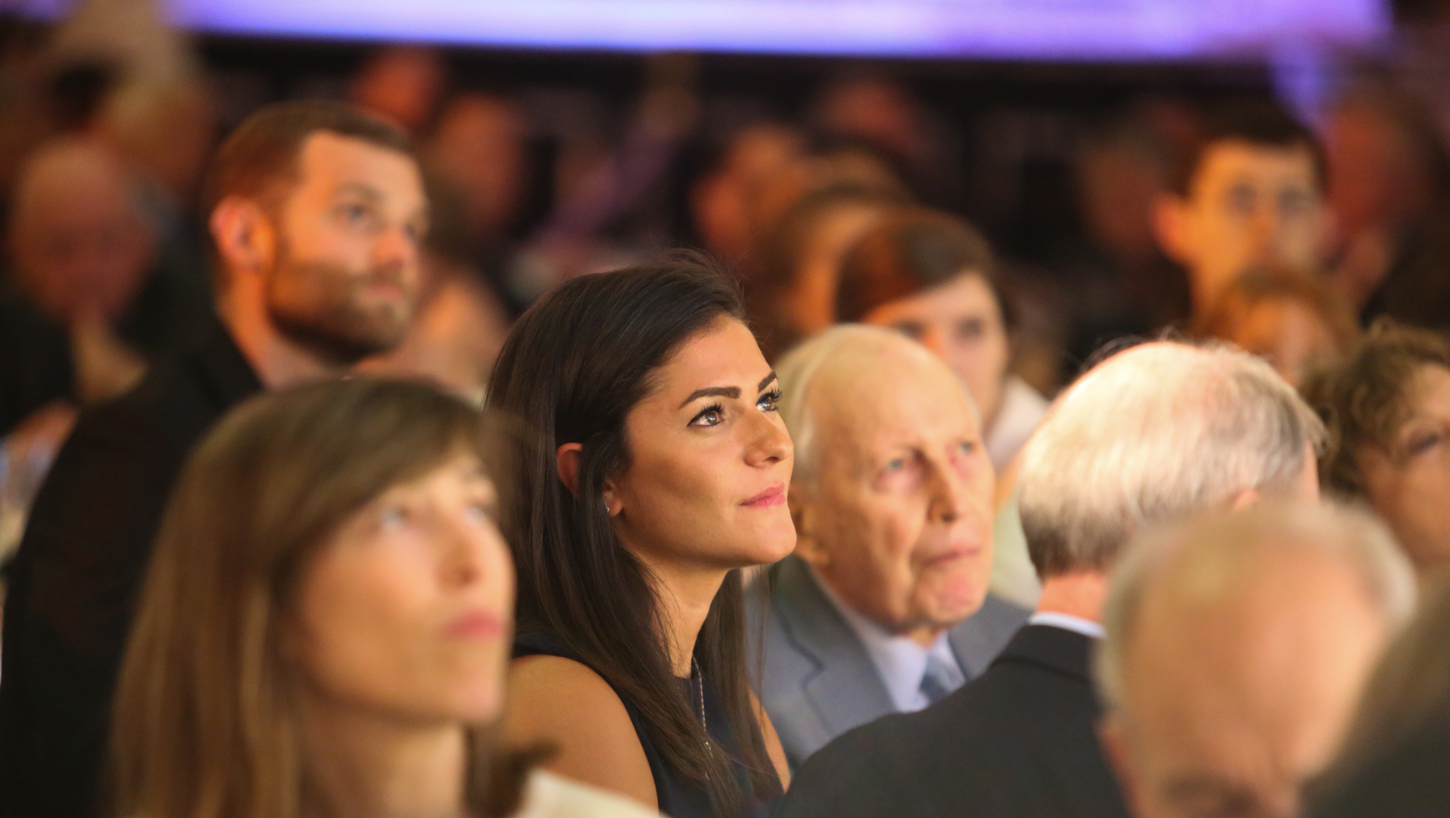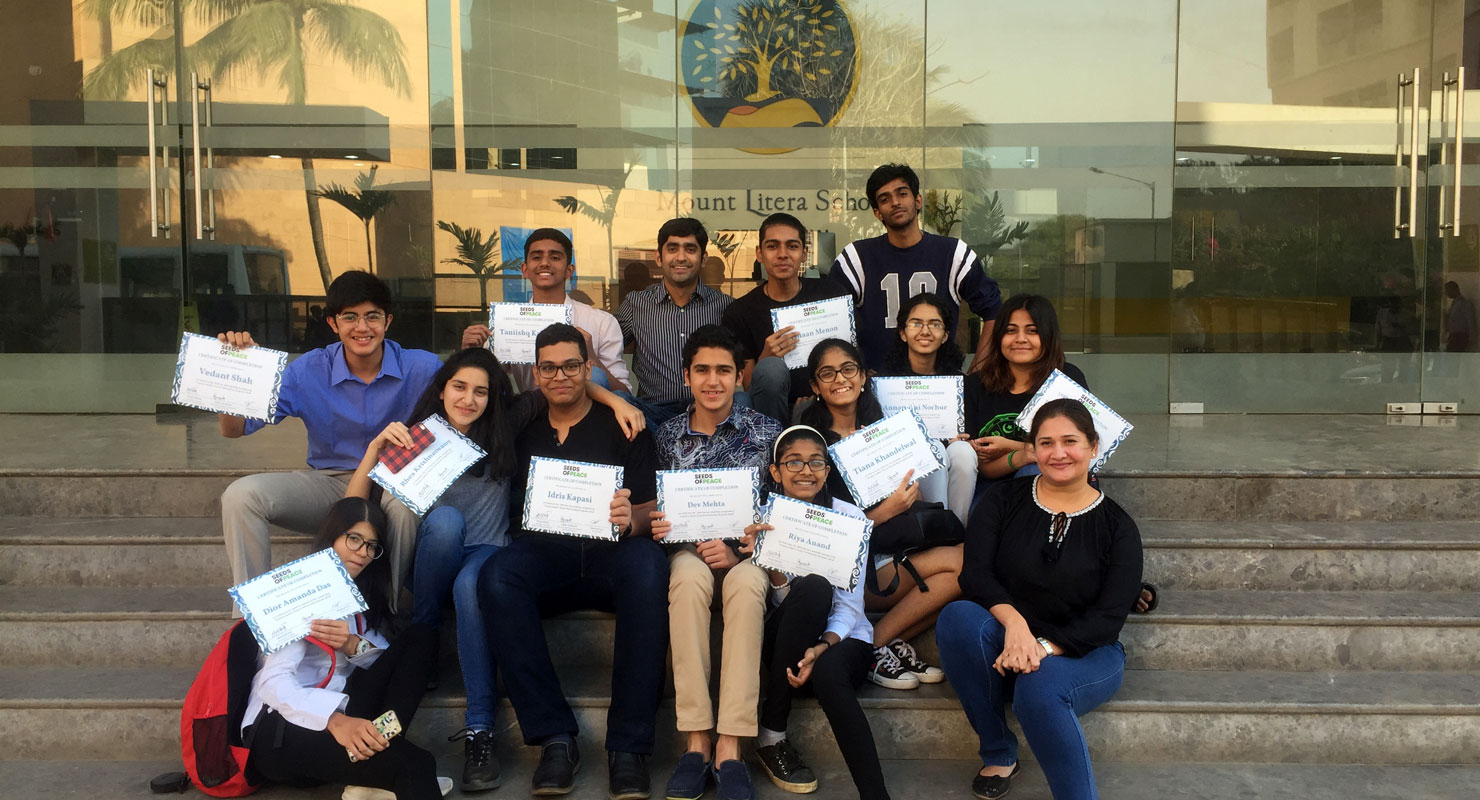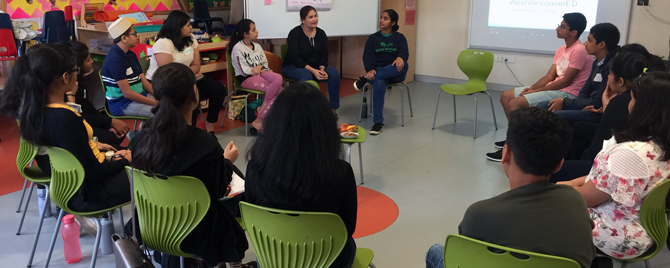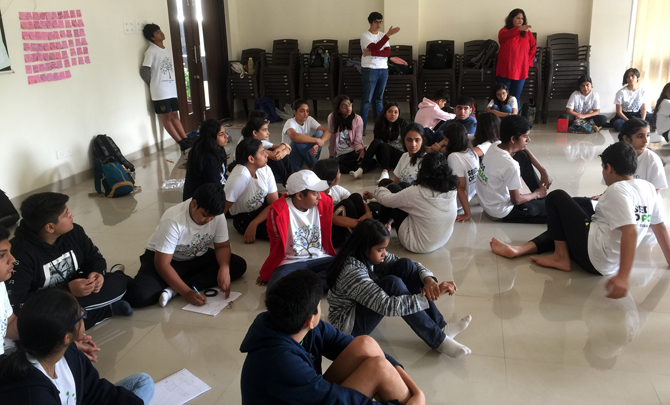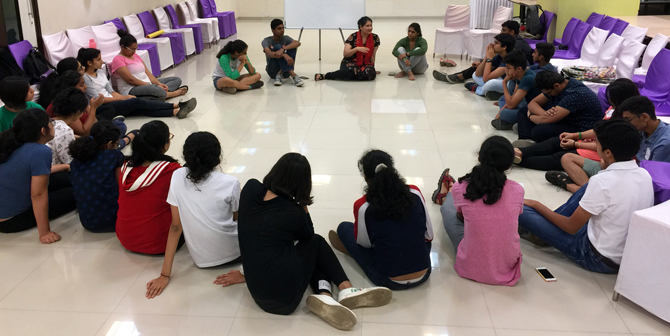JERUSALEM | Seeds of Peace has launched something at its Jerusalem Center for Coexistence unlike anything ever done before. In fact, what is happening at the Center isn’t happening anywhere else—not at this scale and not with such a variety of groups and projects, in so many locations and with participants from so many places.
Two hundred Israeli and Palestinian Seeds are coming together for weekly meetings throughout 2003 and 2004 as part of the Center’s Advanced Coexistence Program—they are meeting in 12 different groups in four different locations from dozens of cities all over Israel, both sides of Jerusalem, and the West Bank. The projects include:
Dialogue Groups: Groups of 14-20 Israeli and Palestinian Seeds are meeting on a weekly basis. Older, more experienced Seeds are helping to guide the groups as they learn themselves the skills of group-leading and facilitation. The first meetings focused on group and trust building activities, and were followed by intensive dialogue sessions with facilitators. In the second half of the year, groups will plan and implement outreach projects together.
“Coexistence Through the Year” Calendar Project: In this area, people live together but use three different religious calendars (Jewish, Muslim, Christian), two different national calendars (Palestinian, Israeli), and three different school system calendars (Palestinian, Jewish-Israeli, Arab-Israeli). A group of Seeds are designing, producing and distributing a yearly calendar that includes all the holidays and traditions, showing the dates for each one as well as short written explanations and images reflecting the importance of the dates. The calendar will also include the holidays of other religions celebrated in the area, such as Druze religious holidays.
Before producing the calendar, the participants in this project will research in detail the area’s different religions and cultures. They will discuss with each other in depth the significance of the various religious and national holidays. They will write the explanation passages and test them on each other, and work together on translations into Hebrew and Arabic. They will work with local artists to create images on each page that reflect their mutual understandings of the significance of the different religious/cultural/national dates. The calendar will be distributed widely to middle and high school aged Israeli and Palestinian youth in schools, promoting joint understanding of the important religious, national and cultural commemorations on both sides. Copies will be printed and distributed, all tri-lingual in Hebrew, Arabic, and English.
Mother Tongue Language Courses: Leaders for peace in this area should know how to communicate with each other—in each other’s languages. Mother Tongue participants meet once a week, teaching and learning from each other important conversational skills in Hebrew and Arabic, which will help them bridge cultural gaps as they strive to build a region of greater mutual understanding. They are also being exposed to the other culture through poetry, music, art, proverbs and much more.
Acting Out! Using acting, puppetry, storytelling and music, a group of Israeli and Palestinian Seeds participants are creating a performance which is imbedded with messages they see as important to the mission of Seeds of Peace. The show will be created throughout this year and performed starting next summer for family audiences at the Center for Coexistence, and will tour to Arab and Jewish communities. Before or after watching the show, the children will participate in a “hands-on workshop” in puppetry or acting, led by Seeds participants, where they can express their own creativity.
Makin’ a Difference (Community Service): Through involvement in community work, Seeds contribute to their communities while simultaneously creating a positive feeling in their communities about Seeds of Peace, and working inside communities to promote the values of Seeds of Peace. Projects have already been implemented with an after-school Center in Jaffa targeting needy Arab and Jewish youth, Ayn al Sultan refugee camp in Jericho, and a group of Russian immigrant teenagers from Neveh Yaacov working with Seeds youth painting houses in the development town of Dimona.
Sesame Seeds: In conjunction with Sesame Workshops, which produces Israeli, Palestinian and Jordanian TV components of the beloved children’s show Sesame Street, promoting tolerance and cross-cultural understanding, a group of Seeds are designing with educational experts hired by Sesame Workshops a curricula they will bring into the schools, reaching primary school aged youth with those messages and with their own example.
Media Course/Oral History Project: This course is providing Palestinian and Israeli Seeds skills in writing articles, making commentary, and how to critically interpret and analyze both television and newspaper media. When the course is completed, the participants will be active contributors to the Olive Branch, the Seeds of Peace youth magazine.
The exceptionally talented youth will be encouraged to write for school newspapers and for Israeli and Palestinian press, and begin to build the Seeds of Peace Oral History: We have the ambitious goal of interviewing each and every one of our participants, asking them to talk about themselves, their personal and family history, their community, their views of the Arab-Israeli conflict, how they see the future in five years, and their experiences with Seeds of Peace. The interviewers and videographers will also be Seed participants who have participated in the media course. The Oral History Interviews will be in the Seeds of Peace library. They will be used in school presentations to show stories and perspectives of youth from “the other side.” Since closures and checkpoints often prevent the youth from traveling to each other’s communities directly, they can speak through the video tapes. In this way, Palestinian youth in schools in the West Bank, Jerusalem and Gaza can hear the stories and experiences of Israeli youth, and vice versa. The Oral History library will also be available for students and NGOs doing research projects, and for Seeds participants to stay connected to each other and to their pasts over the years.
Facilitation Training: Seeds who have completed both an introductory and advanced coexistence program are eligible to enroll in facilitation training. Through observation, role play, discussion of theory and practice, and supervised hands-on experience, Seeds learn skills needed to facilitate meaningful dialogue.


